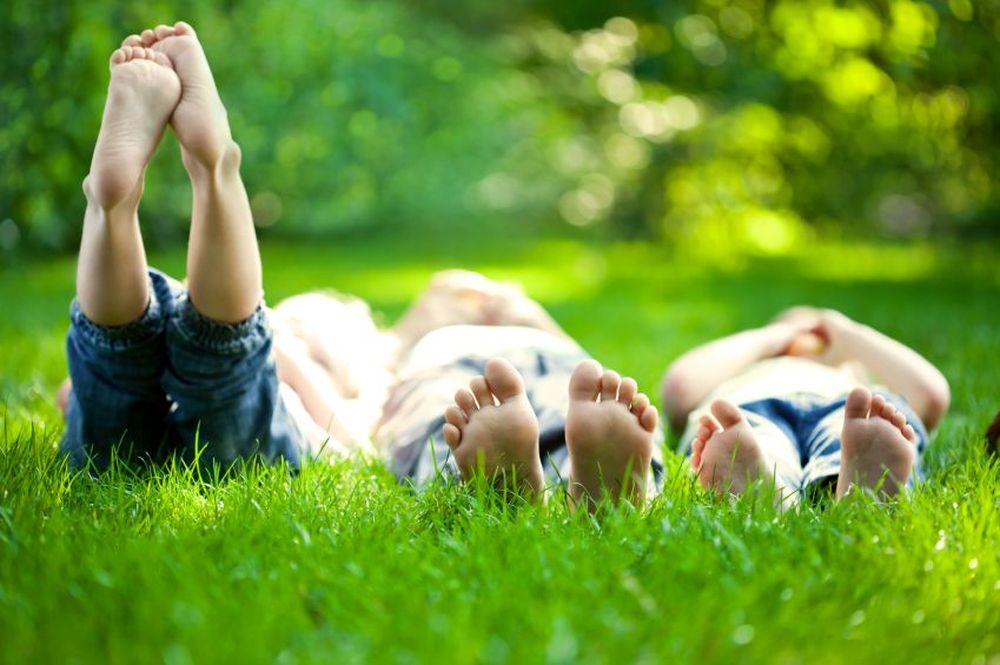Outside sleeping, staying safe and resting well
Published on Tuesday, 22 May 2018
Last updated on Wednesday, 08 December 2021

By Cindy Davenport, Co-Director of Safe Sleep Space
A very quick Google search of 'sleeping outside in child care centres' throws up a surprisingly large number of results as a growing number of early childhood services explore this approach to managing sleep and rest.
Outdoor sleeping is very popular in the UK and Nordic countries such as Denmark and Sweden, where it is an integral part of the popular forest school movement. With Australia's relatively mild climate, it seems like this would be the perfect place to offer outdoor sleeping to children in care.
To learn more about this practice we spoke to the early childhood sleep experts at Safe Sleep Space, Director Cindy Davenport offers this advice to providers seeking more information about allowing children to sleep outdoors.
There is little evidence to back up the positive effects of outdoor sleeping at child care centres. There are some schools of thoughts that suggest exposure to sunlight encourages the early development of the circadian cycle, which regulates a number of bodily functions, including the secretion of melatonin, an important factor in well-balanced sleeping patterns. However, at best the evidence is still anecdotal.
Outdoor sleep practices present a number of safety concerns and is something we, at Sleep Smart are cautious about. It is essential that all child care centres have carefully considered safe sleeping policies and practices in place.
For centres considering outdoor sleeping, these policies and practices need to clearly address the potential dangers of outdoor sleeping.
Some safe sleeping practices to consider:
- Parents should be informed and consented about any outdoor sleeping practices.
- The sleep and rest environments and equipment should be safe and free from hazards and educators should conduct a safety check of the sleep and rest environments on a regular basis.
- Educators should closely monitor sleeping and resting children and their environment. They need to ensure they are always within sight and hearing distance of sleeping and resting children so that they can assess a child’s breathing and the colour of their skin.
- Educators should check and inspect each sleeping child at regular intervals and an assessment of each child's circumstance and needs should be undertaken to determine any risk factors.
- Ensure that children sleep and rest with their face uncovered.
- Remove clothes with hoods, drawstrings or ties, as they can become wrapped around an infant or young child's neck.
- It is not recommended that a baby/child has anything around their neck for sleeping, for example a necklace or amber beads, which could tighten during sleep and make breathing difficult.
- Bean bags, sofa, large cushions and air mattresses are not recommended as a safe surface for young children to sleep.
- Always sleep babies on their back on a firm flat surface. Tummy sleeping increases risk of SIDS by three-14 times when compared to sleeping on the back.
- If a baby is wrapped, always take into account their stage of development. It is so important to leave their arms out or free once the startle reflex disappears which is often around three months. Educators should also stop using a wrap once the baby shows signs of attempting to roll.
Finally, it is important to remember all children are different and your child care service should consider the risk for each individual child, tailor your Sleep and Rest Policies to reflect the levels of risk identified.
For more information about Safe Sleeping Practices visit Sleep Smart or ACECQA.
Cindy Davenport a child and family health nurse, midwife and lactation consultant, and has worked in the early parenting field since 1998. She is the Co-Director of Sleep Smart and Safe Sleep Space, an online training program for early childhood educators. The program helps participants develop a deeper appreciation of a child's needs, cues and capabilities and equips them with step-by-step strategies for creating an emotional and physical safe sleep space. Sleep Smart is brought to you by Safe Sleep Space, Australia’s leading infant and toddler sleep consultants.
Related Articles

Using nature to nurture on Outdoor Classroom Day
Join the big kids this November 7 for Outdoor Classroom Day, a global campaign to embrace the fun and benefits of getting outside to play and learn.

Settling your child into a good sleep routine at care
Maintaining a healthy sleep routine when your child starts care.

11 safe sleeping practices
Early childhood educators play an important role in helping children and their parents develop safe practices to support quality sleep.

